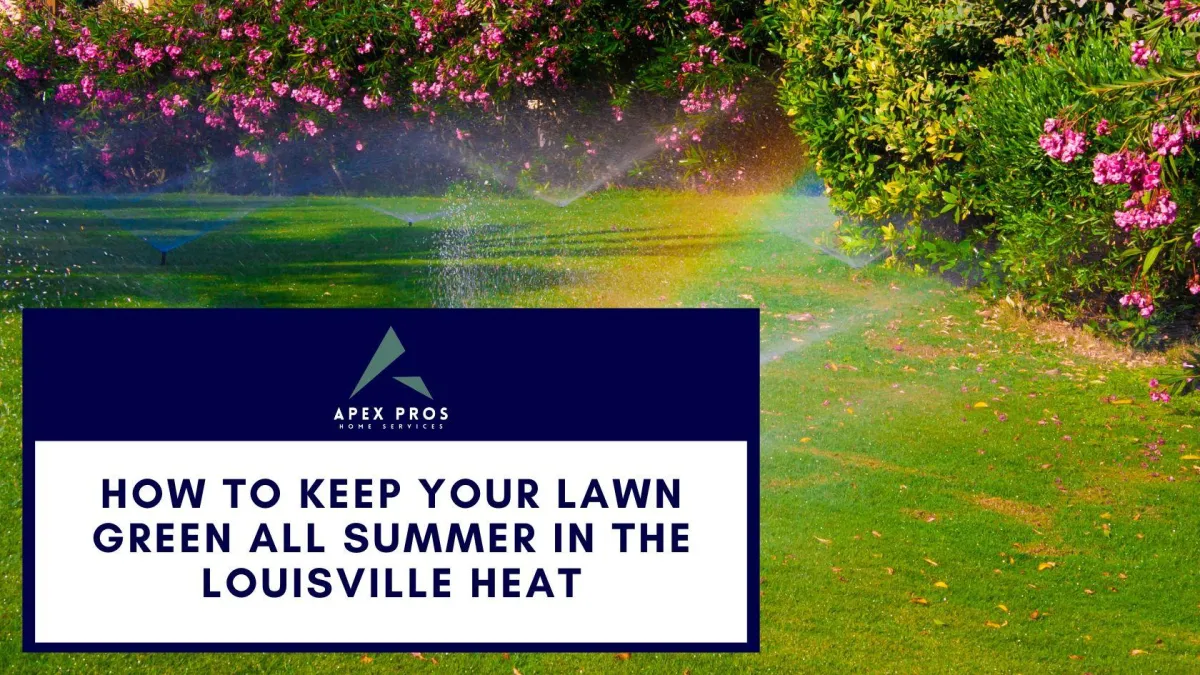
How to Keep Your Lawn Green All Summer in the Louisville Heat
Keeping your lawn looking nice and green during a hot Louisville summer can be tough. To keep your lawn green in Louisville's summer heat, you need to water deeply but not too often, mow your grass tall, and avoid pushing too much growth with fertilizer. This simple approach helps your grass build strong roots to survive the heat and humidity common in Jefferson County.
Many people think they need to water their lawn every day, but that can actually cause more problems. With the heavy clay soil we have in this part of Kentucky, watering the right way is key. At Apex Pros Landscaping, we help people all over the Louisville KY area keep their yards healthy, and we want to share our best tips with you.
Why is it So Hard to Keep Grass Green in Louisville?
The summer in Louisville, Kentucky, can be a real challenge for our lawns. It’s not just one thing, but a mix of a few key problems that makes it difficult. Understanding these challenges is the first step to a healthier lawn.
Our Kentucky Climate
Louisville is in a transition zone, which means our weather can be a little unpredictable. We get hot, very humid summers that cool-season grasses, like fescue and Kentucky bluegrass, don't love. Think about how the air feels thick and heavy by the Ohio River in July—your grass feels that, too. This humidity can also invite lawn diseases, like brown patch, which cause ugly spots in your yard.
Heavy Clay Soil
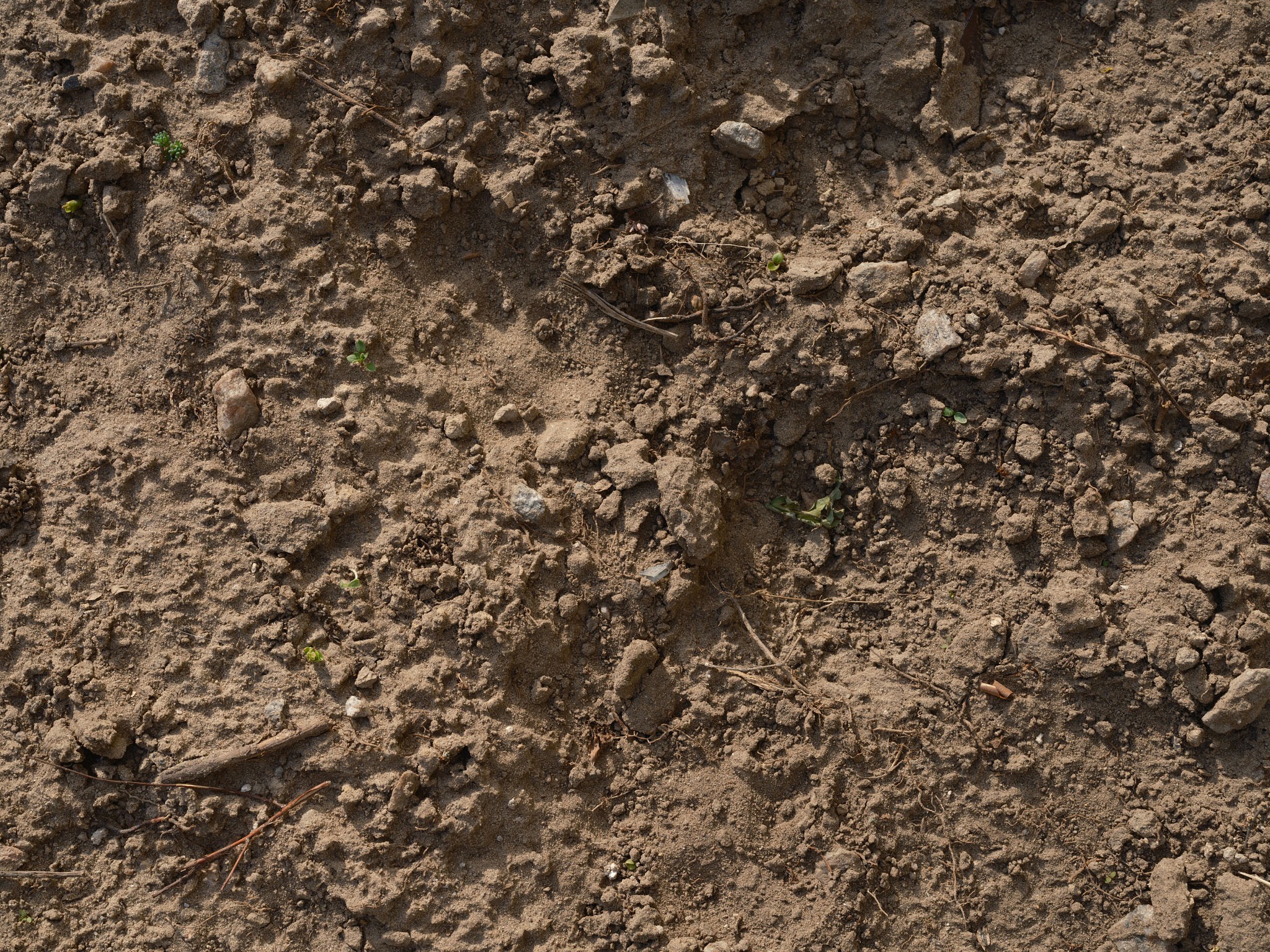
Most neighborhoods in Metro Louisville, from Jeffersontown to Okolona, sit on heavy clay soil. Clay soil has tiny particles that pack together tightly.
Problem 1: Water Doesn't Soak In: When it rains hard, the water can run right off instead of soaking down to the roots. When you water with a sprinkler, it can puddle on top.
Problem 2: Roots Can't Breathe: The packed clay makes it hard for air and water to reach the grass roots. Strong roots are what help a plant survive stress like heat and drought.
Problem 3: It Gets Rock Hard: When clay soil dries out in the summer heat, it can become almost as hard as concrete. This makes it very difficult for grass roots to grow and find water.
The Wrong Kind of Grass
The most common grasses planted in Louisville are Tall Fescue and Kentucky Bluegrass. These are called "cool-season" grasses. They love the mild temperatures of spring and fall, but they get stressed out when the temperature stays above 85 degrees for a long time. They don’t die right away, but they often go dormant, which means they turn brown to save energy until cooler weather returns.
What is the Best Way to Water a Lawn in Louisville?
Watering is the most important part of summer lawn care, but many people get it wrong. The goal is not just to get the grass wet, but to get water deep into the soil where the roots are.
Water Deeply, Not Daily
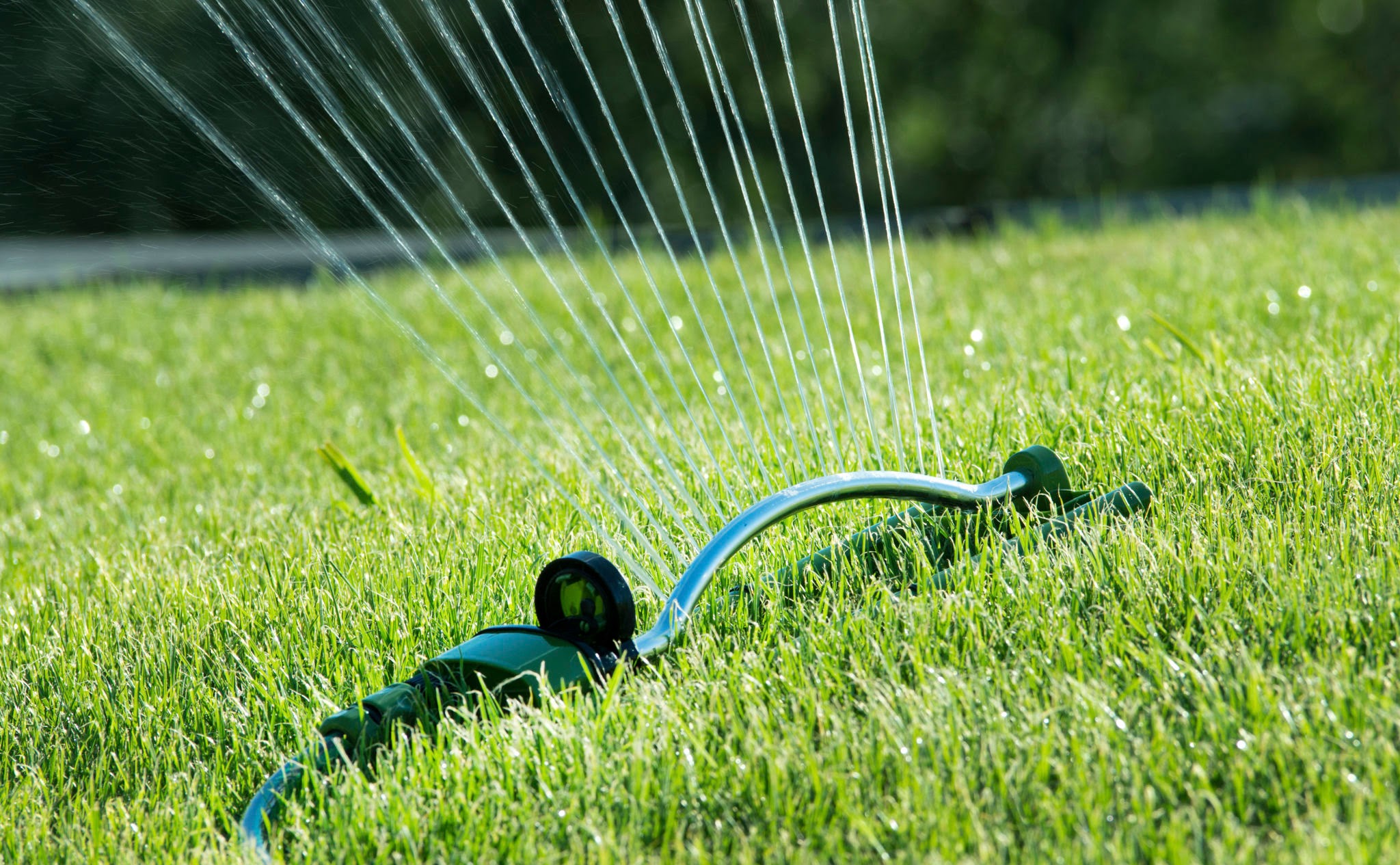
Instead of watering for 15 minutes every day, it's much better to water for a longer time just once or twice a week. You want to give your lawn a good, long drink that soaks down 4 to 6 inches deep into the soil.
How Much Water?: Your lawn needs about 1 to 1.5 inches of water per week, including any rain we get.
How to Measure: A simple way to measure is to place a few empty tuna cans around your yard while the sprinkler is on. When the cans are full, you've put down about 1 inch of water. Note how long it took, and that's your watering time for each session.
When is the Best Time to Water?
The best time to water your lawn is in the very early morning, between 4 AM and 8 AM.
It Saves Water: It's cooler in the morning, so less water is lost to evaporation from the sun.
It's Healthier for the Grass: Watering in the morning gives the grass blades all day to dry. If you water at night, the grass stays wet for too long, which can lead to fungus and disease, a common issue in humid areas like St. Matthews and Middletown.
How Should I Mow My Grass in the Summer Heat?
How you mow your lawn can either help it or hurt it during a hot Louisville summer. Cutting your grass too short is one of the biggest mistakes homeowners make.
Mow High
For cool-season grasses like fescue, you should set your mower to the highest or second-highest setting. This means cutting the grass so it stays at a height of 3.5 to 4 inches.
Taller Grass Means Deeper Roots: When the grass blade is taller, the root system grows deeper to support it. Deeper roots can find water that is further down in the soil.
Shades the Soil: The tall grass blades shade the dirt underneath. This keeps the soil cooler, reduces water evaporation, and helps prevent weed seeds from sprouting.
Keep Your Mower Blades Sharp
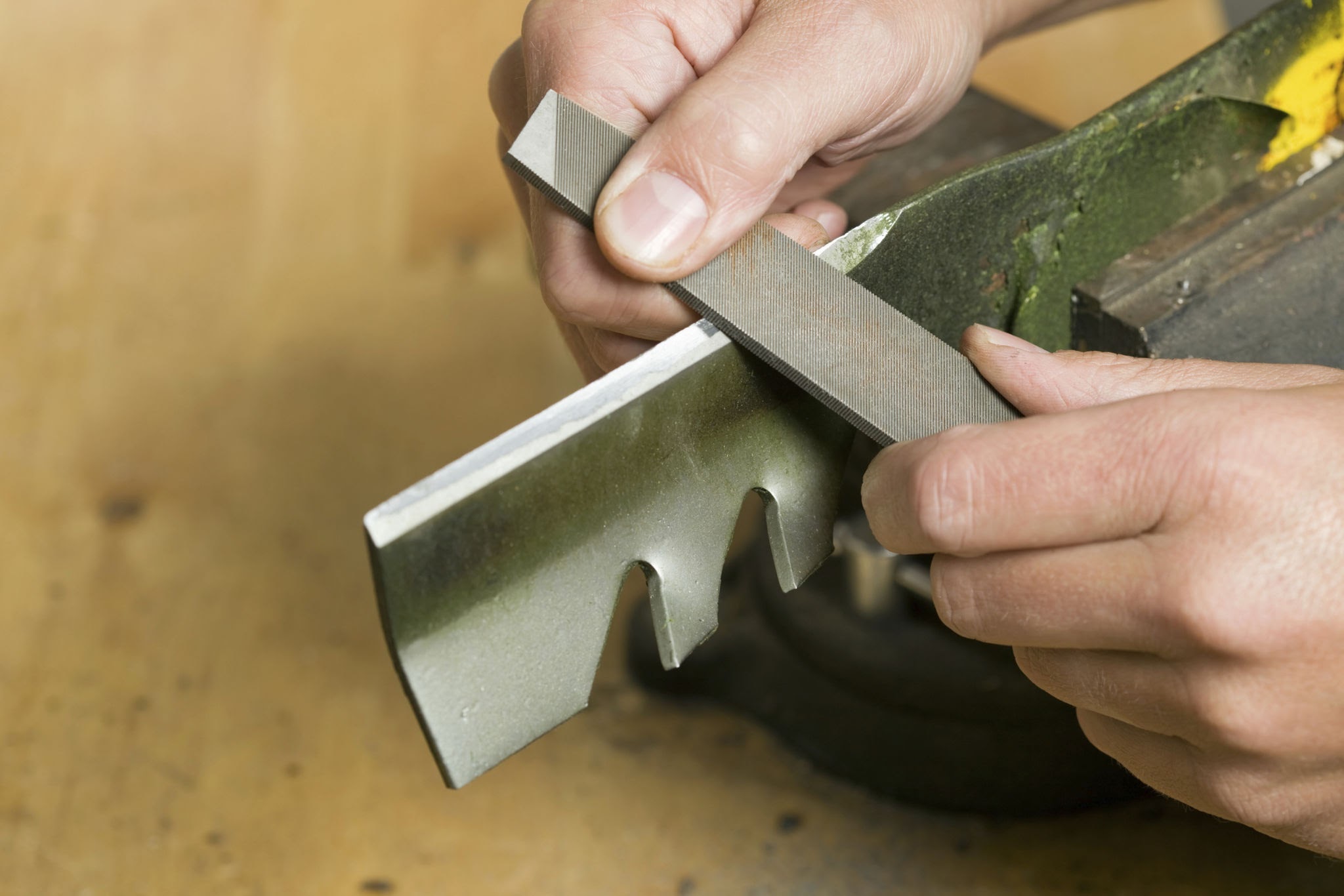
Dull mower blades don't cut the grass; they tear it. A torn blade of grass loses more water and is more open to diseases. A sharp blade makes a clean cut that heals quickly. You should sharpen your mower blades a few times during the growing season. Many homeowners in areas like Prospect and Anchorage trust a professional service like Apex Pros Landscaping to handle mowing, ensuring it's done right every time.
Leave the Clippings
As long as you’re mowing regularly and not cutting off too much at once, it’s a great idea to leave the grass clippings on the lawn. This is called "grasscycling." The small clippings break down quickly and return valuable nutrients to the soil, acting like a natural fertilizer.
Should I Fertilize My Louisville Lawn in the Summer?
Fertilizing in the summer can be tricky. While you might think feeding your lawn will make it greener, using the wrong kind of fertilizer can actually burn the grass and cause serious damage in high heat.
Avoid High-Nitrogen Fertilizers
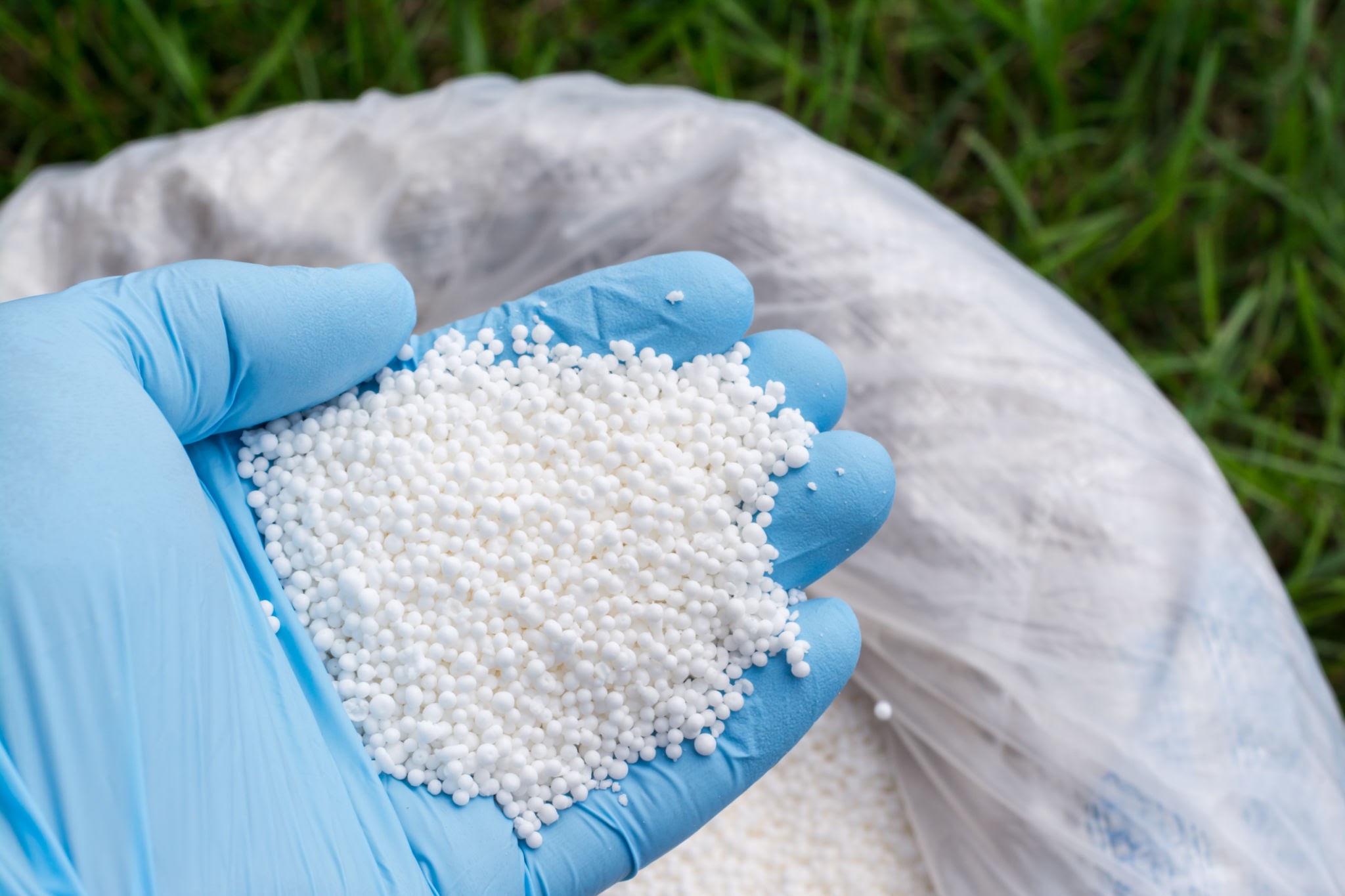
The main nutrient in most fertilizers is nitrogen, which makes grass grow fast and green. In the spring and fall, this is great. But in the summer, forcing your stressed-out grass to grow fast can weaken it. The best time to feed a lawn in Louisville, Kentucky is in the fall, which helps it store food for the winter and green up quickly in the spring.
What to Do If You Must Fertilize
If your lawn looks really hungry and you feel you must feed it, choose a slow-release fertilizer or an organic option like milorganite. These products release nutrients slowly and are less likely to burn the lawn. It’s always best to get expert advice before applying any products to your lawn in the summer. A soil test can tell you exactly what your Jefferson County soil needs.
How Do I Deal with Weeds and Bugs?
Weeds and bugs love the summer as much as we do. A healthy, thick lawn is your best defense, as it will crowd out weeds and be strong enough to handle a few bugs.
Weeds
Weeds like crabgrass and nutsedge love the summer heat and will try to take over any bare or thin spots in your lawn.
Prevention is Key: Applying a pre-emergent in the spring is the best way to stop crabgrass.
Hand-Pulling: For a few weeds here and there, pulling them by hand is effective, especially after a good rain when the clay soil is softer.
Spot Treatment: If you have a lot of weeds, you can use a post-emergent weed killer. Make sure you read the label carefully, as some products can harm your grass if used when it's too hot.
Bugs and Grubs
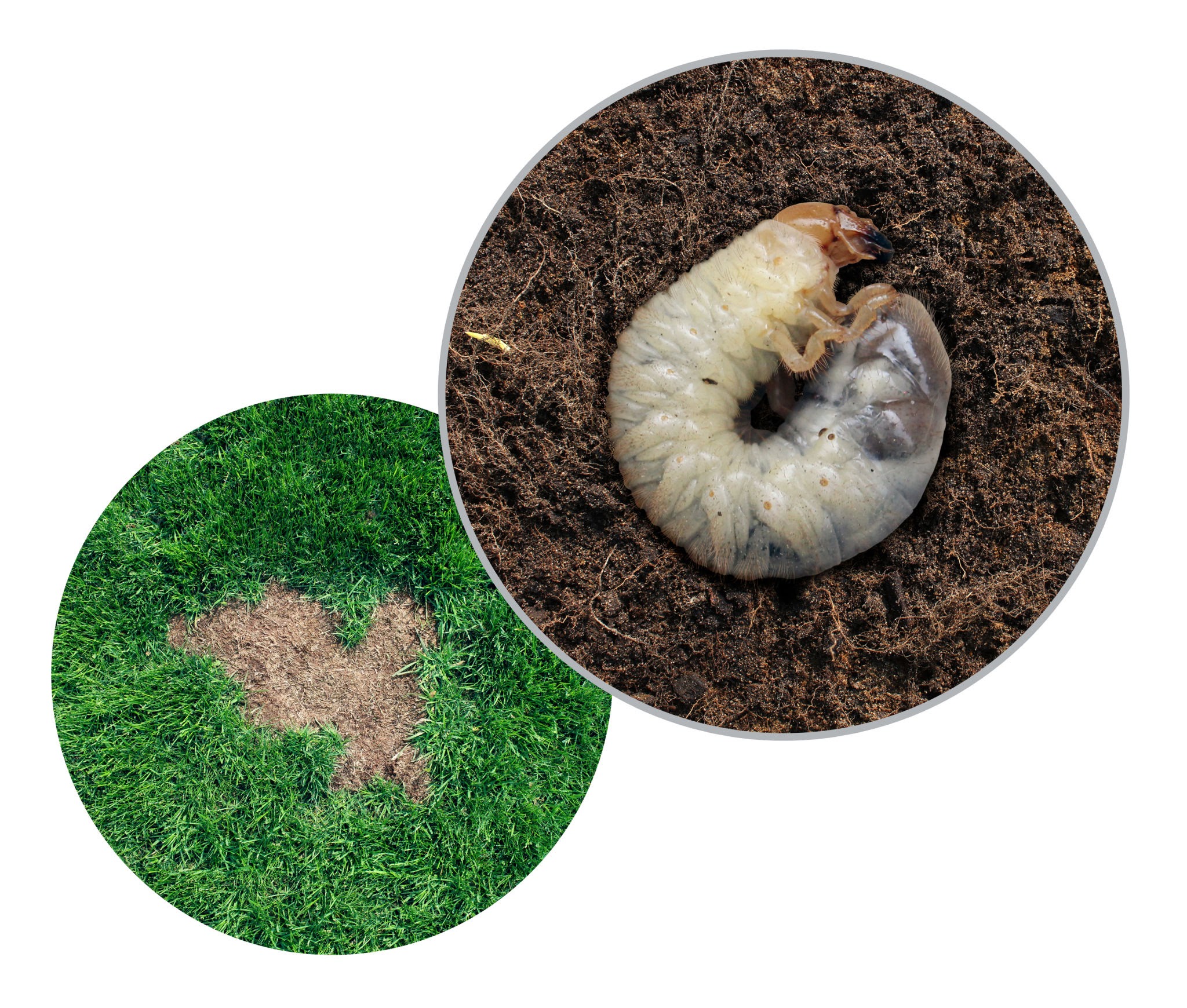
Grubs are the larvae of beetles, and they live in the soil and eat grass roots. They are a major problem in the Louisville area. If you see large, brown patches of grass that you can pull back like a carpet, you might have grubs.
Treating for grubs is best done in the late summer or early fall when they are small and actively feeding near the surface. If you think you have a grub problem, it’s a good idea to call a professional. At Apex Pros Landscaping, we can identify the issue and use the right products to protect your lawn without harming the environment.
A healthy lawn is a journey, not a destination. By following these summer care tips for watering, mowing, and feeding, you can give your lawn the best chance to stay green and healthy, even when the Louisville heat is at its worst.
Frequently Asked Questions (FAQ)
1. My lawn is already brown in spots. Is it dead or just dormant?
In most cases, a brown lawn in summer is "dormant," which means it's sleeping to conserve water. Cool-season grasses like fescue do this naturally in high heat. You can check by pulling on a brown patch. If the grass is still firmly rooted, it's likely dormant. If it pulls up easily with no roots, it might be dead due to grubs or disease. Dormant grass will usually green up again in the fall when temperatures cool down and rain returns.
2. My Louisville HOA has rules about lawn height. What if I can't mow at 4 inches?
This is a common issue in some neighborhoods in Louisville and Prospect. If your HOA requires a shorter lawn, mow as high as the rules allow. To help your lawn cope, you'll need to be extra careful about watering deeply to encourage root growth. You can also help by aerating your lawn in the fall to reduce soil compaction, which is a big help for shorter grass in our clay soil.
3. Is it better to use a sprinkler or an in-ground irrigation system?
Both can work well if used properly. An in-ground irrigation system can be more efficient and convenient, especially for larger properties in areas like Middletown, as it can be programmed to water at the perfect time (early morning) and deliver a precise amount of water. However, a simple hose-end sprinkler can be just as effective for a smaller yard in Jeffersontown or St. Matthews, as long as you move it around to cover the whole lawn and use the "tuna can test" to make sure you're watering enough. The most important thing is the deep, infrequent watering method, not the tool you use.
4. What are some good native plants to use in my landscape to save water?
Using native Kentucky plants is a great way to have a beautiful yard that doesn't need as much water. Some great choices for the Louisville area include Purple Coneflower, Black-Eyed Susan, and Switchgrass. These plants are used to our hot summers and clay soil, so they thrive with less help. Using them in flower beds can reduce the total amount of grass you need to care for.
For a better lawn care experience, visit our home page (https://apexpros.com) or give us a call at 502-483-0511
